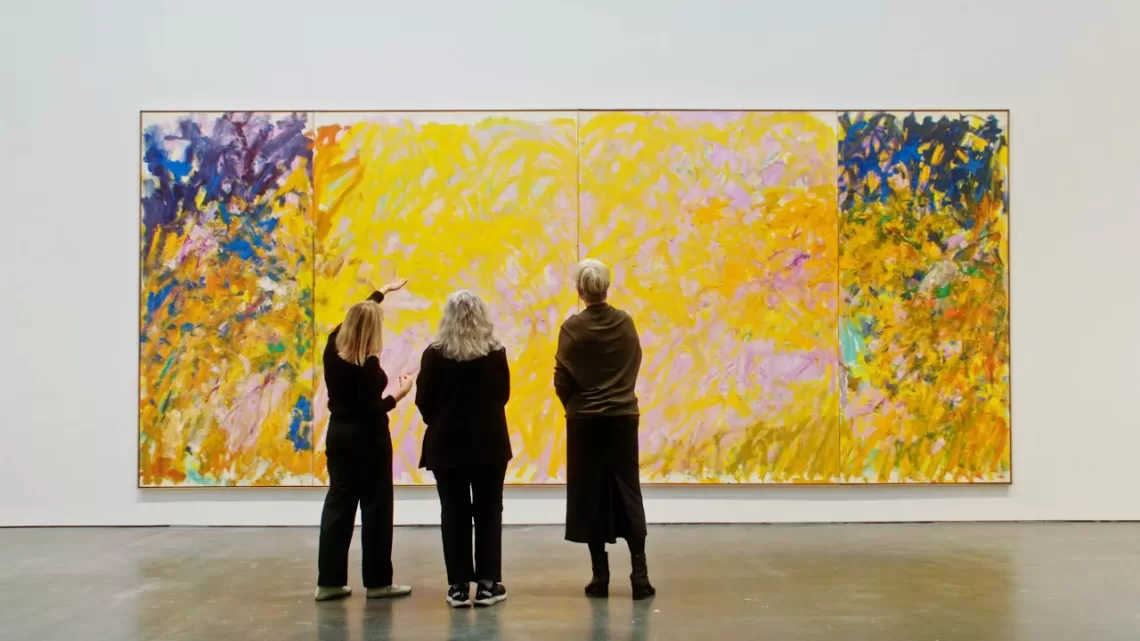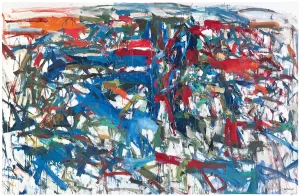
A Pioneer of Abstract Expressionism: Joan Mitchell
 Joan Mitchell, a leading figure in the Abstract Expressionist movement, defied gender norms and carved a significant place for herself in the art world. Her bold, gestural paintings explored themes of nature, memory, and emotion, often drawing inspiration from her experiences living in France.
Joan Mitchell, a leading figure in the Abstract Expressionist movement, defied gender norms and carved a significant place for herself in the art world. Her bold, gestural paintings explored themes of nature, memory, and emotion, often drawing inspiration from her experiences living in France.
Joan Mitchell (1925–1992) was a “second generation” American abstract expressionist painter and printmaker. She was an essential member of the American Abstract expressionist movement, even though much of her career took place in France. Along with Lee Krasner, Grace Hartigan, and Helen Frankenthaler, she was one of her era’s few female painters to gain critical and public acclaim. Her paintings and editioned prints can be seen in major museums and collections across America and Europe.
- Early Life and Artistic Beginnings: Born in Chicago in 1925, Mitchell began studying art at the Art Institute of Chicago. She later moved to New York City, where she became immersed in the burgeoning Abstract Expressionist scene.
- Key Influences and Artistic Style: Mitchell was deeply influenced by the work of Jackson Pollock and Willem de Kooning. Her paintings often feature large-scale canvases covered in energetic brushstrokes, vibrant colors, and intricate layers of paint.
- Themes and Symbolism: Mitchell’s work often explored themes of nature, particularly the landscapes of France, where she lived for many years. Her paintings often evoke a sense of tranquility and contemplation, while also conveying a raw emotional intensity.
- Recognition and Legacy: Despite facing challenges as a woman in a male-dominated field, Mitchell’s work gained recognition during her lifetime. Her paintings are now celebrated in museums worldwide, and she is considered one of the most important American artists of the 20th century.
Joan Mitchell’s contributions to the Abstract Expressionist movement and the broader art world are undeniable. Her bold, expressive paintings continue to inspire and captivate audiences, serving as a testament to her talent and pioneering spirit.
Watch Joan Mitchell explain how to look at her Abstract Expressionist works:



